PERFORMANCE: The Actors' Roundtable: Art for Art's Sake
 Paden Fallis |
Paden Fallis |  October 12, 2012
October 12, 2012
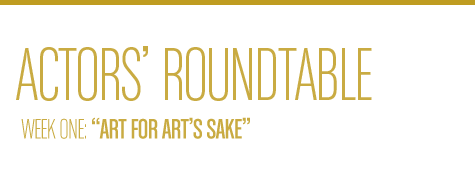 |
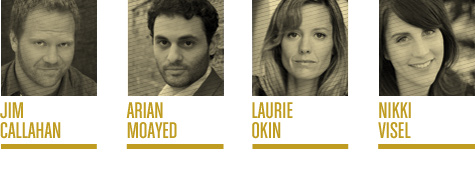 |
|
For 12 weeks, Paden Fallis posed one question each week to a group of professional working actors from a variety of backgrounds in an effort to dig a bit deeper into their artistic working processes. In this second series, an expanded group of actors looks at where art fits into a larger cultural context. ACTOR’S ROUNDTABLE: ART FOR ART’S SAKEWe have taken it into our heads that to write a poem simply for the poem’s sake […] and to acknowledge such to have been our design, would be to confess ourselves radically wanting in the true poetic dignity and force: —but the simple fact is that would we but permit ourselves to look into our own souls we should immediately there discover that under the sun there neither exists nor can exist any work more thoroughly dignified, more supremely noble, than this very poem, this poem per se, this poem which is a poem and nothing more, this poem written solely for the poem’s sake. – Edgar Allen Poe Or as the French would say, “l’art pour l’art.” I’m a staunch “art for arts sake” guy. I don’t believe, as artists, we serve any other masters. However, with so much unrest, malaise and confusion in the world, is this too high-minded and narrow an idea? Should art not be more than for its own sake? Where do you stand? Do you see art and your work in theatre/film as intrinsically self-sufficient or do you see it as being its strongest when serving another aim? - Paden Fallis, Performing Arts Contributing Editor |
|
|
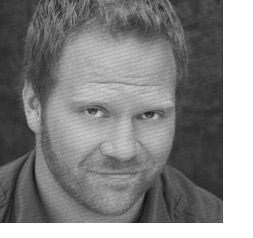
JIMMY CALLAHANA poem is meant to be read. A song is meant to be heard. A painting is meant to be seen. Art is a connection between two or more people. Whether it is a love song meant to be heard by one person, or an anthem meant for a nation, art’s true beauty is in its shared experience. It doesn’t have to be super-political, ultra-religious, or economically focused, but there is a purpose to creating art beyond the creation itself, and that is for someone else to experience it. Otherwise, it’s just an artist’s diary; his own personal psychiatrist’s couch. Those men and women gifted with artistic genius always describe needing to “get it out,” to relieve the pressure of an idea in their minds. Mozart feverishly composed, driven by an impulse to create music. Why? I believe it is because whether he was conscious of it or not, he wanted to be heard. Artists want to move people, be it a tap on the shoulder or a smack in the face. It’s the artist’s duty to bring about change and bring us closer. If not the artist, then who? No matter your race, creed, or religion, you can find a piece of music to be beautiful. Does the music exist just to be music? I say no. I think it has a higher purpose: to break down our differences and allow us to revel in the shared human condition. The idea that art exists on this higher or separate plane from the rest of the world is to distance us from ourselves. I feel “art for art’s sake” is a little too selfish. Give me “art for peoples’ sake.” |
|
|
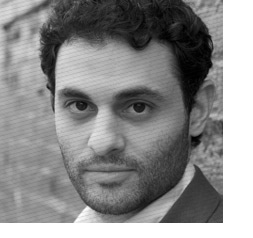
ARIAN MOAYEDI believe it was Steven Spielberg who claimed that movies should be entertaining, enlightening, and empowering. That’s the motto I’ve always worked under. If it doesn’t fit these three E’s, I usually do not consider it something I should be focusing my energies on. Entertainment is why I became an artist. As a child, I gravitated towards what made me laugh. Whether it was Charlie’s Tramp or a cartoon, that’s the first thing that hooked me in. I remember seeing Robin Williams’ Hook and dreaming of flying afterwards. And as an adult, I don’t think much has changed. Through film, theater, and music, I hope to have something entertain me for that allotted time by laughing or crying or wanting to join in the fun. I believe that art should enlighten. I do. And it doesn’t have to be just finding a new perspective to think about. It could be an enlightenment that lifts my creativity, my passions, my sense of being. Art can do that…and I believe it should. I had the privilege to work on Bengal Tiger at the Baghdad Zoo with Moises Kaufman and Rajiv Joseph. With that piece, I was thrilled to have the ability to shape audience members’ perceptions on the normal Iraqi man. The play gives an insight that isn’t read in a newspaper article or a news segment. It’s felt. It’s brought into existence. It’s carried a massive amount of influence through the words that Joseph wrote and the music of Moises’ direction. And enlightenment leads to my personal favorite…empowerment. Art has the ability to empower change, to empower character building, to empower good citizenship. After seeing Clybourne Park, I’ve engaged in my community through Habitat for Humanity, through being active with my child’s PTA, attending community board meetings in my neighborhood. Did one viewing of that show change everything? It’s hard to say. But did it empower me to move forward. Absolutely. |
|
|
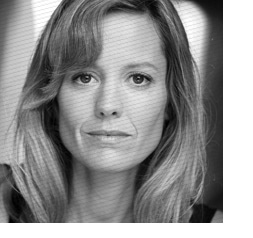
LAURIE OKINI see no one definition of “art”…it’s all interpretive, and it all invites expression. It seems to me that the most important thing to do is stay honest as an artist, and speak to what genuinely moves you, rather than attempting to fulfill any purpose (higher or otherwise) born out of an ideal. Not that it isn’t all well and good to have ideals, but just as reality often clashes with the sterility of the ideal, so artistic expression can get stilted or disingenuous when the artist is too concerned with a greater purpose. Or, in other words, I think that within each individual artist, there are going to be all different kinds of expression, some much more personal than others, some more universal, some topical, some humanitarian, and some truly “art for art’s sake.” I think we need all of it. I also feel that if you have a genuine passion to call attention to or affect change in, say, world hunger, or political strife, or any number of the serious and painful issues facing our world today, then art—and in particular, theater and film (although I may think so merely because this happens to be MY particular medium)—can be just about the most powerful platform there is for such expression. |
|
|
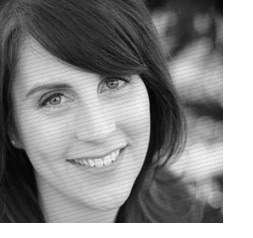
NIKKI VISEL“Monseigneur, you are always eager to make everything useful, yet here is a useless plot. It would be much better to have salads there than bouquets.” …The bishop replied, “You are mistaken. The beautiful is as useful as the useful…perhaps more so.” - Victor Hugo in Les Miserables. When ideological push comes to shove, I agree with Mr. Hugo. The truth and validity of “art for art’s sake” fuels the core of my work. However, to stop there doesn’t fully express the reality of what my artistic life looks like. At some point, my work necessitates an audience. My hope is to produce work that is honest and delightful, telling the truth and illuminating the possibility of…possibility, knowing all along that I desire it to be clear and accessible to someone outside of myself, wanting deeply to inspire change or to invite a conversation. Many of us can recall an experience when we have witnessed a work of art (possibly our own) aiming to serve a practical purpose and, in the process, watched it devolve into propaganda. That’s one of my biggest artistic fears—if I wanted to be an advertiser of ideas and ideals I would have chosen a more lucrative path to follow. Which leads me to wonder if in my loftiest thoughts, I pursue art, not for art’s sake, but for truth’s sake. In an effort to explore an idea, an impression, a hunch, I set out to find its boundaries for the sake of trying to find the truth of that idea, impression, or hunch. Yet always, somewhere in my conscience is the knowledge that ultimately it will be shared. Art for art’s sake, art for my sake, art for the sake of others. I think of Diego Rivera’s murals. Clifford Odets’ plays. Their intentions were clearly sociopolitical. Their work is sublime. Was their art for art’s sake? Probably. Was it also for the sake of changing the face of the political landscape in hope that the poor would have food and medical care and dignity? Definitely. Yet decades later we don’t revere their work for the social change they inspired but for the poignant beauty of the art itself. |
|
|
ABOUT THE ARTISTS |
|
Jimmy Callahan is an actor/writer/comedian/acting coach living in Brooklyn, NY. Originally from Chicago, he trained at The Second City & iO. He has appeared in over 60 national commercials between CHI, LA, & NYC. Arian Moayed is a Tony-nominated actor, Co-Founder and Artistic Director of Waterwell, and co-director of its drama program at the Professional Performing Arts School. Arian will be directing his first feature film, which he also wrote, in the winter of 2013. Laurie Okin is a Los Angeles-based actress who has been seen over the years in dozens of national commercials, as well as guest starring on The Office and as a series regular on PBS’s Copshop. She has also appeared in Samantha Who?, My Own Worst Enemy, Friends, and MadTV. Laurie also has an extensive background in the theatre and is a company member at The Road Theater and Rogue Machine Theater. Nikki Visel is an actor living just steps from the Space Needle in Seattle. She calls Taproot Theatre Co. her “home” theatre but is about to begin her second season touring with Seattle Shakespeare Company and has worked throughout the city. Her first full-length feature film, Nothing Against Life, will be released in 2013. |
| View all of our Roundtable discussions… |









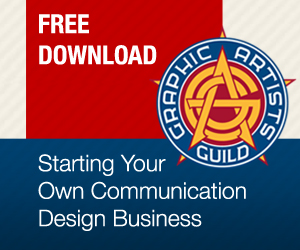
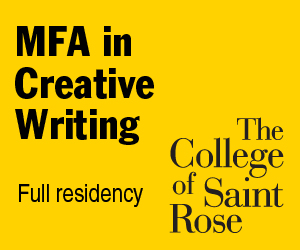

Reader Comments